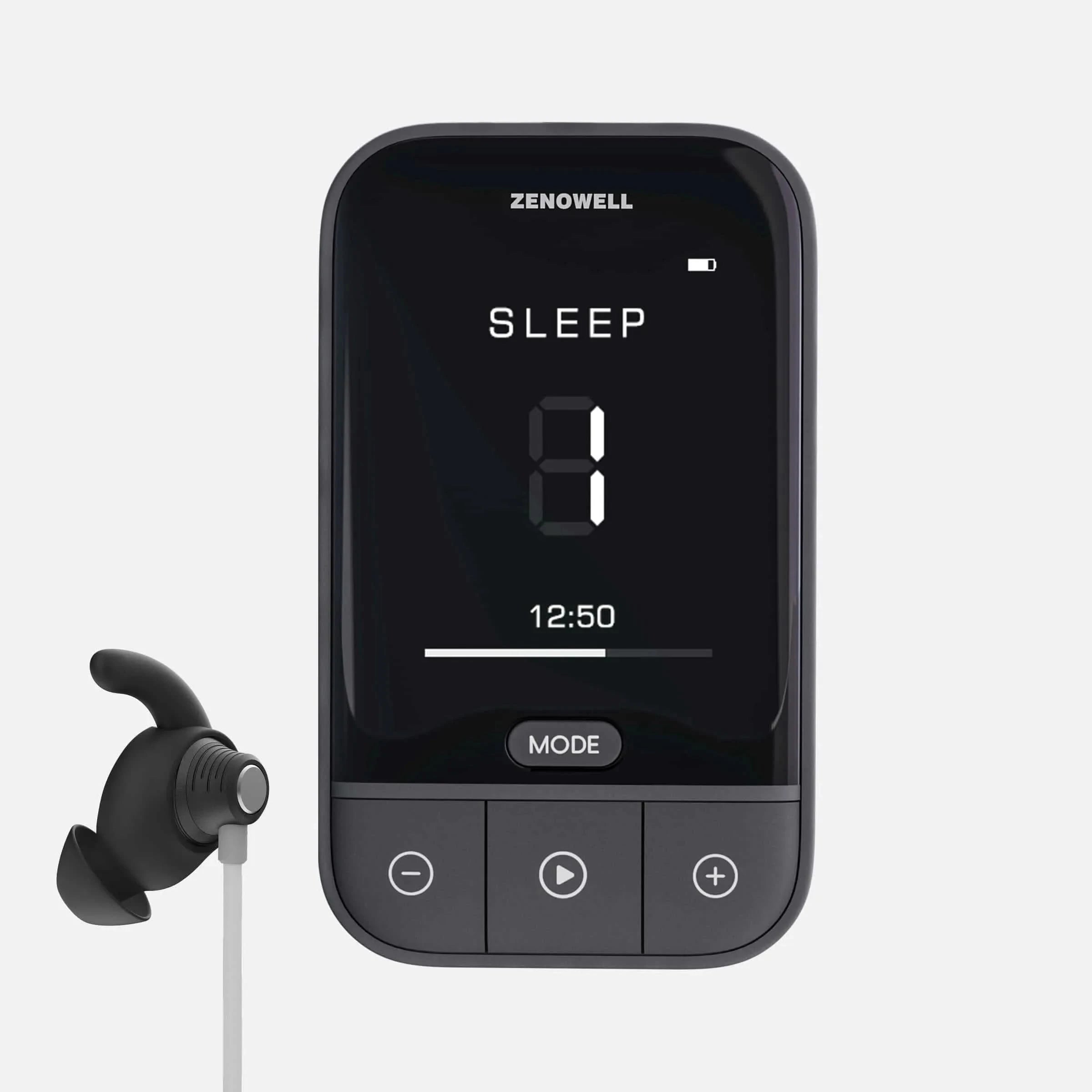TaVNS safety breakthrough: New meta-analysis reveals 94% no long-term side effects
In recent years, transcutaneous auricular vagus nerve stimulation (taVNS)—a non-invasive neuromodulation technique—has garnered significant attention in neuroscience and clinical practice. Widely used to treat epilepsy, depression, chronic pain, and other conditions, its safety profile has become a critical focus. But just how safe is it? Are there side effects? The latest research answers these questions.
What is taVNS?
taVNS is a non-invasive method that stimulates the vagus nerve through the ear’s skin to regulate brain function without surgery. Studies demonstrate its therapeutic benefits for conditions like epilepsy, depression, and chronic pain. Even in healthy individuals, taVNS may enhance cognitive control, memory, and emotional regulation.

Study Highlights: How Safe is taVNS?
A recent study published in Frontiers in Human Neuroscience systematically analyzed taVNS side effects across 488 healthy participants. Researchers examined 10 common side effects under varying stimulation types, intensities, durations, and participant demographics (age, gender, etc.), including headaches, dizziness, and skin irritation. Key findings:
-
Mild and Short-Lived Side Effects
- Participants reported low overall side effect severity (average score: 1.86/7), confirming taVNS’s strong safety profile.
- Symptoms typically resolved quickly without intervention.
-
Intermittent vs. Continuous Stimulation
- Intermittent protocols reduced neck pain, dizziness, and discomfort by 30-40% compared to continuous stimulation.
-
Intensity and Duration Effects
- Higher stimulation intensity correlated with reduced neck muscle contractions and skin irritation.
- Prolonged duration slightly increased headache and attention-related risks, but effects were minimal (<5% incidence).
 Figure 1 Severity and distribution of side effects under taVNS and false stimulation conditions
Figure 1 Severity and distribution of side effects under taVNS and false stimulation conditions
Age and Gender Differences
- Age: Older participants reported fewer attention-related issues than younger adults.
- Gender: Men experienced lower rates of headaches and discomfort than women, potentially linked to physiological differences in pain tolerance.
Clinical Applications and Future Directions
This study not only validates taVNS’s safety but also guides protocol optimization:
- Intermittent stimulation may minimize side effects.
- Personalized intensity calibration improves comfort and efficacy.
Future research aims to refine stimulation parameters and expand taVNS applications to conditions like migraines, PTSD, and neurodegenerative diseases.
Conclusion
As a non-invasive, safe, and effective technology, taVNS is revolutionizing neuromodulation. For those seeking alternatives to invasive treatments, staying informed about taVNS advancements could unlock new therapeutic possibilities.
















